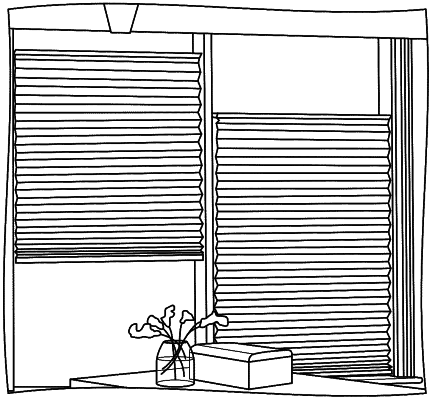| CPC B32B 17/10 (2013.01) [B32B 17/063 (2013.01); B32B 25/08 (2013.01); B32B 25/10 (2013.01); E06B 9/24 (2013.01); G02F 1/17 (2013.01); B32B 2307/412 (2013.01); E06B 2009/2405 (2013.01); E06B 2009/2417 (2013.01); E06B 2009/2464 (2013.01); E06B 2009/2482 (2013.01); G02F 2201/12 (2013.01); G02F 2202/36 (2013.01); G02F 2203/48 (2013.01)] | 18 Claims |

|
1. A tunable light modulation device, comprising:
an elastomer structure including at least one elastomer layer;
a compliant electrode network of conducting fibers arranged on a first surface of the at least one elastomer layer, wherein the compliant electrode network is configured to be held at a first voltage potential; and
a patterned electric conductor arranged on a second surface of the at least one elastomer layer opposite the first surface,
wherein the patterned electric conductor includes a plurality of individually-addressable sections configured to be selectively coupled to at least one second voltage potential different from the first voltage potential, and
wherein the compliant electrode network is configured to compress the first surface of the at least one elastomer layer in a presence of an electric field between the compliant electrode network and one or more of the plurality of individually-addressable sections of the patterned electric conductor to produce a voltage-dependent roughening of the first surface of the at least one elastomer layer.
|